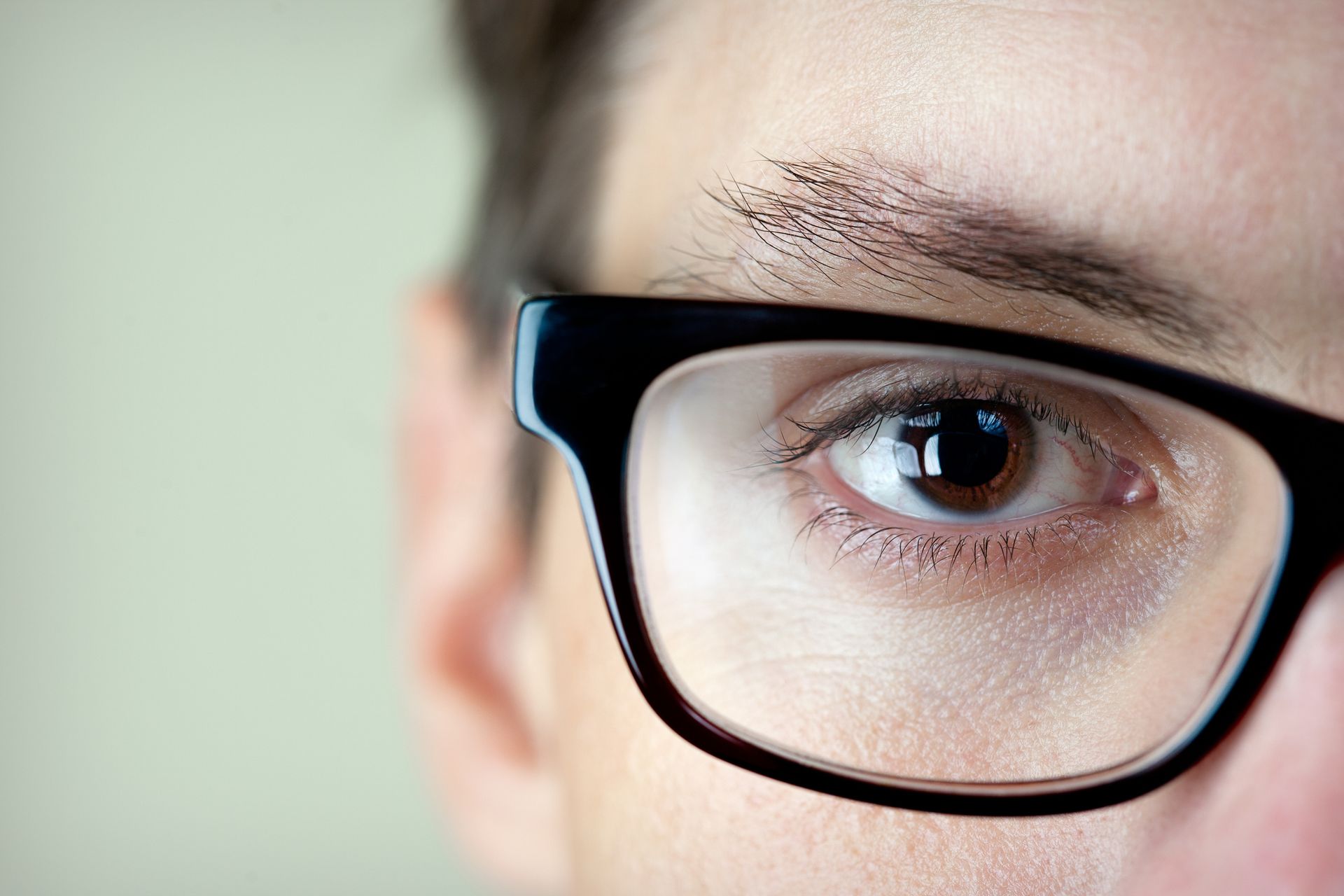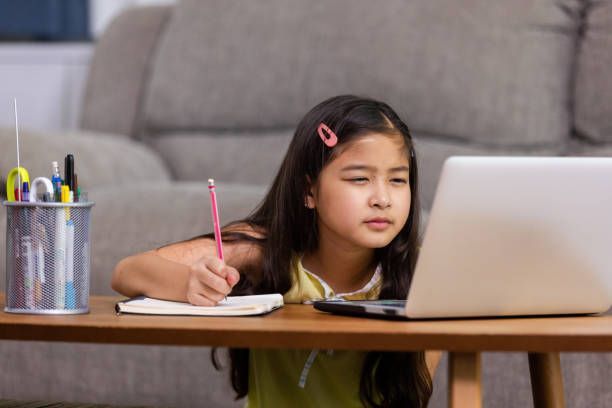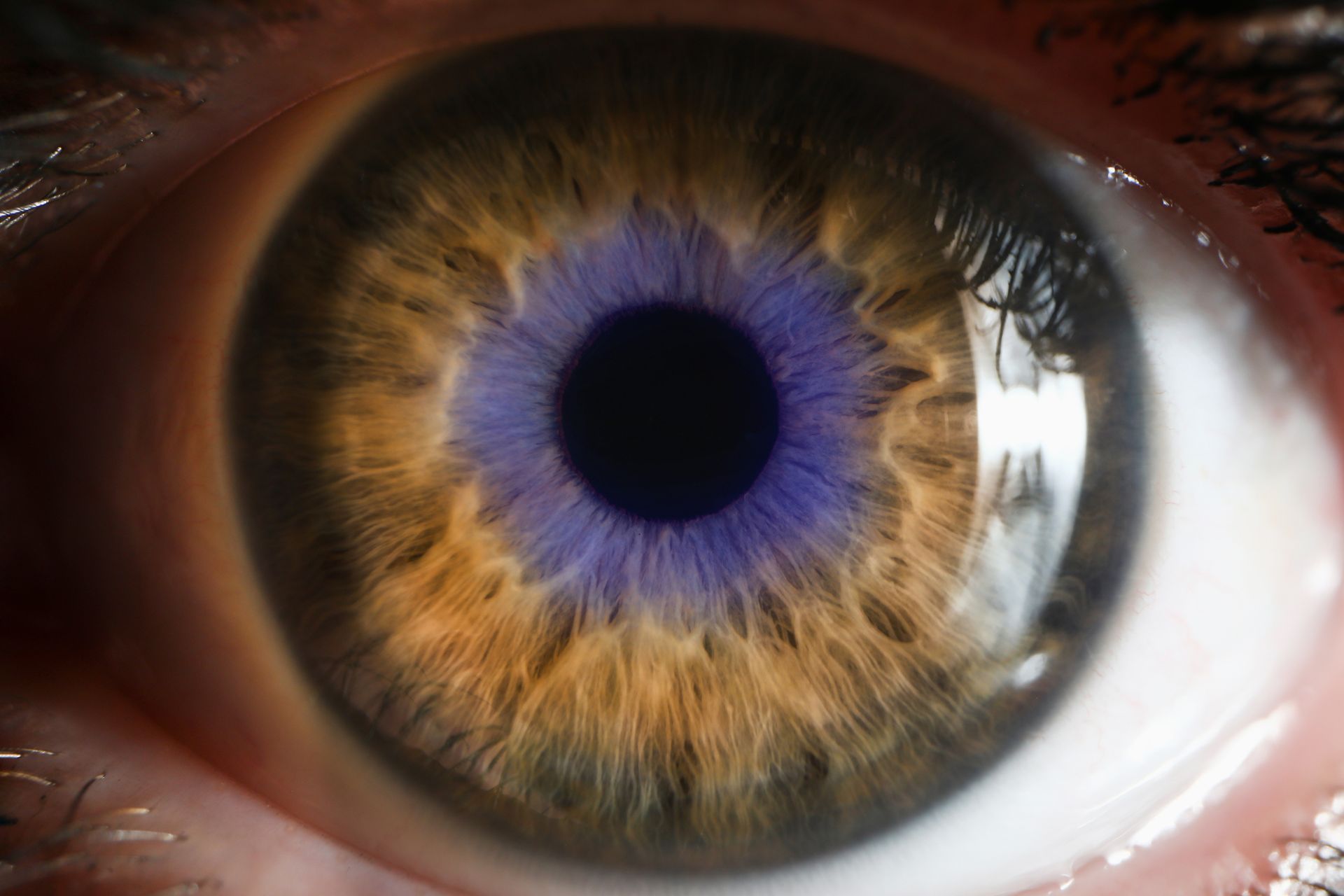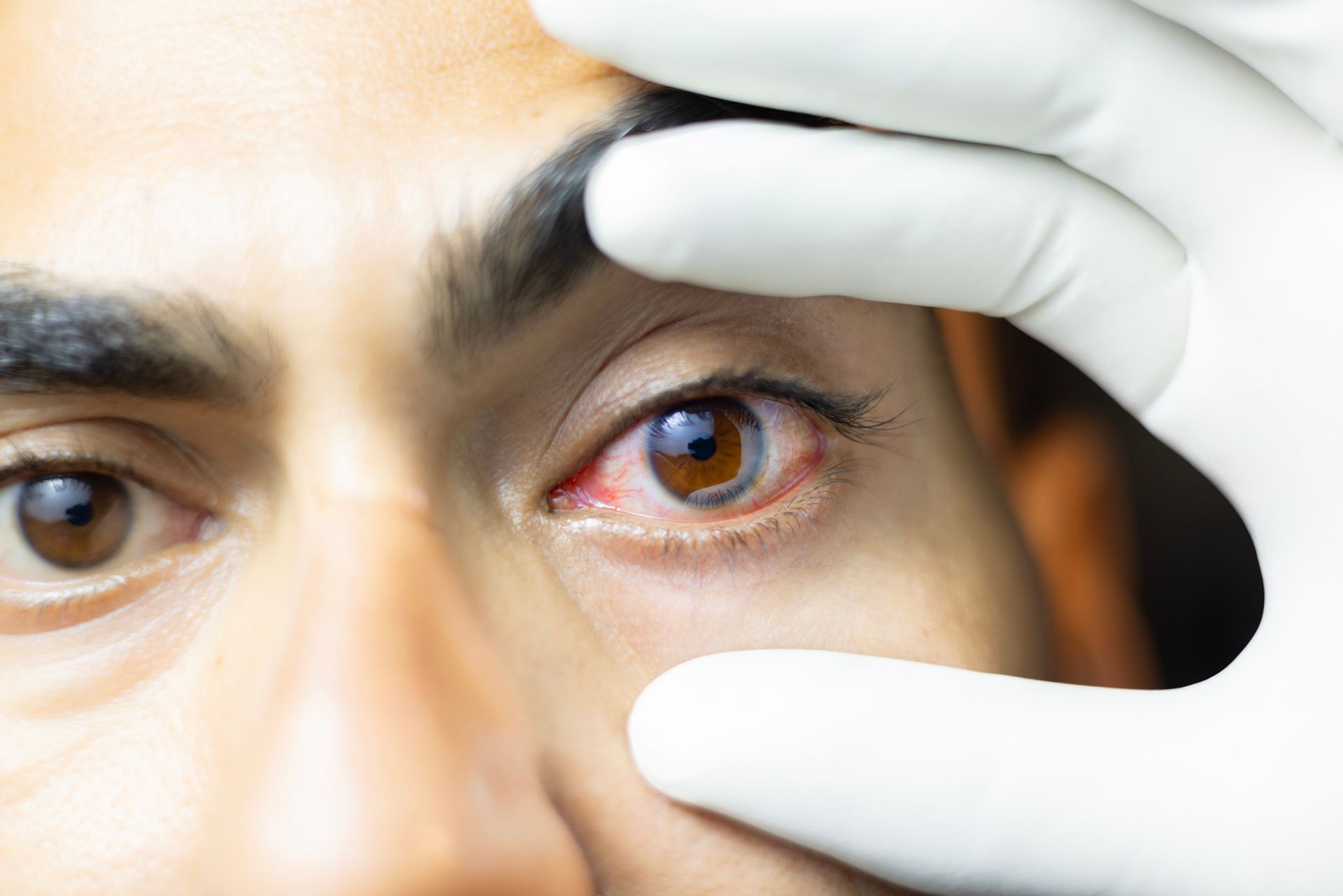Eye Turn in Children; What Parents Should Know
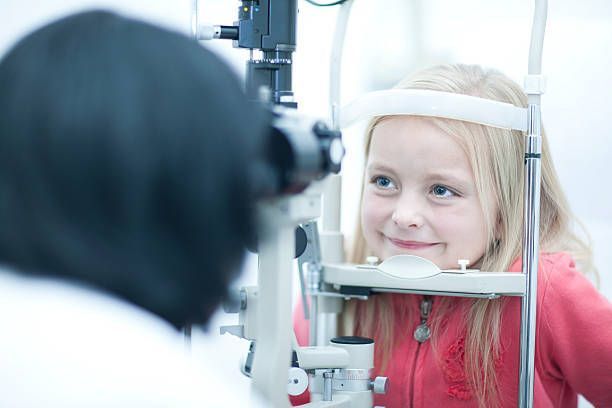
An eye turn, also known as strabismus, is when one eye points in a different direction from the other. It can be constant, or only occur when your child is tired or focusing hard. Either way, it’s something worth checking early.
What Does It Mean?
Strabismus happens when the eyes don’t align properly. One eye may turn in (esotropia), out (exotropia), or less commonly, up or down. It can affect depth perception, visual comfort, and even lead to lazy eye (amblyopia) if left untreated.
It’s not always obvious and some kids might appear to have a turn when they don’t. This is a pseudostrabismus, caused by a broad nasal bridge. That’s why a proper assessment matters.
What Should You Do?
- Book an eye test if you notice an eye turning, even occasionally.
- Start early. Treatment works best when vision is still developing.
- Follow up regularly to monitor progress and adjust treatment.
At VISION Michael Hare Optometrists, we assess how well your child’s eyes align, focus, and work together. Treatment might include:
- Prescription glasses to improve each eye’s fixation and coordination of the two eyes.
- Patching therapy to strengthen a weaker eye.
- Vision therapy to improve control and coordination.
- Referral to an ophthalmologist if surgery is needed.
Related Articles:
- Amblyopia: What Is Lazy Eye?
- Eye Tests for Kids: What’s Involved and Why It Matters
- Vision Therapy: What Is It and Who Needs It?
References:
- Holmes JM et al. Pediatric Eye Alignment Disorders. American Journal of Ophthalmology. 2006.
- Wallace DK et al. Pediatric Eye Evaluations. Pediatrics. 2018.
- Optometry Australia. Paediatric Vision Guidelines. 2023.

The New Invisible Hearing Solution: Nuance Audio - now available at Vision Michael Hare Optometrists
